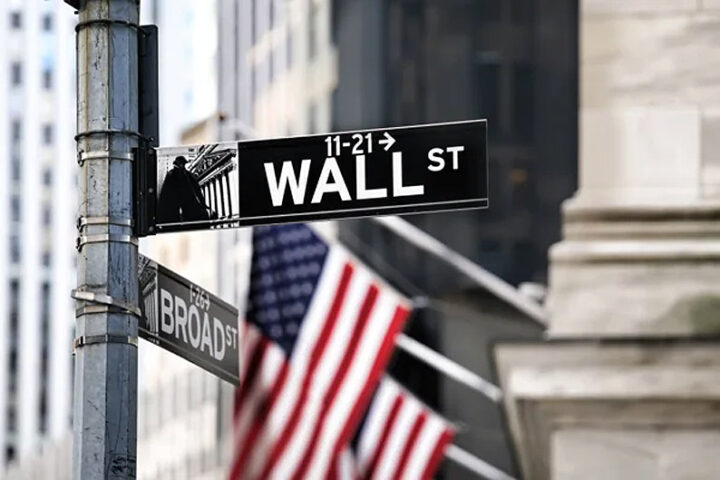.
Marcuard’s Market update by GaveKal Dragonomics
Accepted opinion among investors is that, when it eventually comes, the Federal Reserve’s first interest rate increase in almost nine and a half years will have been signalled so well in advance and will be so small — effectively from zero to 25bps — that it will have little or no effect on either the financial markets or the real economy.
Unfortunately, given the monetary policy settings that have prevailed since 2010, we are not convinced the accepted wisdom is correct. Sure, in the Keynesian doxa, the standard idea is that if interest rates are held low enough for long enough there will be a capital spending boom. However, the Wicksellian idea is totally different: if rates are kept low enough for long enough, it will lead to a financial boom followed by a financial bust, and at the end of it all the economy will be poorer. If this view is right then investors have good reason to be apprehensive ahead of the Fed’s decision next month.
Let us assume that the expected average marginal return on newly invested capital is 6% per year. We all know that out of ten new projects, nine will return much less than expected and the tenth will deliver ten times the return projected in the business plan. In short, there is a huge element of risk involved in investing in new ventures in capitalism.
 Further, let us assume that the return on invested capital for existing investments is 4%. If the T-bill yield is at zero, and the interest rate at which the “normal” investor can borrow is at 2%, then investors have a choice: either invest at 6% with high uncertainty, or invest at 4% with almost no uncertainty. Unsurprisingly, risk-weighted capital will be channeled towards buying existing assets, rather than towards creating new assets.
Further, let us assume that the return on invested capital for existing investments is 4%. If the T-bill yield is at zero, and the interest rate at which the “normal” investor can borrow is at 2%, then investors have a choice: either invest at 6% with high uncertainty, or invest at 4% with almost no uncertainty. Unsurprisingly, risk-weighted capital will be channeled towards buying existing assets, rather than towards creating new assets.
As a result, the price of existing assets will go up and the ROIC for a new buyer will fall — say to 3%. But as long as the borrowing rate remains at 2%, some investors will be willing to leverage up to buy existing assets, because the leveraged return is above zero. The music will only stop when the ROIC on existing assets falls to 2%, and the expected return on the leveraged play drops to zero. Similarly, any listed company with an internal ROIC on its existing assets greater than 2% has a powerful incentive to issue debt with which to buy back its shares and retire equity, as interest payments are tax-deductible, while dividends are not.
The upshot will be an increase in debt accompanied by a big rise in the value of existing assets. But there will be very little investment in new assets. As a result, productivity will fall, the structural growth rate of the economy will go down, the Gini coefficient will go up, and Keynesian economists will write thesis after thesis on the “new normal” or “secular stagnation”. Their solution, of course, will be more government intervention to share out an ever-dwindling pot of goods and services.
And as we all know, the government has two arms: one very long to take people’s money, and one much shorter to redistribute it — which implies that if you are not close to the government, you don’t benefit. Fortunately for the Keynesians, most are close enough to the government not to worry. Alas, however, more government intervention seldom leads to more growth.
Now let’s consider what happens if the T-bill rate is at 3%, and the actual borrowing rate is at 5%. Now there is no incentive to borrow in order to buy existing assets yielding 4%. Anyone who wants to get rich has to build new assets and has to run the risk of failure. What’s more, companies yielding less than 5% can no longer access capital and must eventually fold. There is no more leverage and no more zombie companies. This state of affairs leads automatically to an increase in the stock of capital, together with rising productivity.
So Wicksell’s thesis is simple: if you want growth, you need to keep interest rates above the average return on existing assets, and below the expected marginal return on new assets. The band between the two is the “natural rate” band. If you maintain the market rate way below that band, then indebtedness and asset prices will go up and the result one day will be debt-deflation, as described by Irving Fisher. This debt-deflation will start when leveraged returns fall below zero, which can occur either because the ROIC is falling because growth is low, or because the ROIC is now computed on the prices of assets which have gone up a lot, or because the central bank raises rates, or because of a combination of the three.
So, contrary to what many people believe, if the leveraged return is at zero as we speak, a 25bp increase in the cost of money could have a devastating impact on many positions, turning them into negative cash flow nightmares in no time at all. In short, it is not that an eventual interest rate increase from the Federal Reserve should be dismissed as an event with little impact in the real world.
Not only does this line of reasoning make intuitive sense, there is plenty of statistical evidence to support it. The chart above shows US history since 1965. The unshaded areas represent periods in which real short rates were above 2%, their median from 1960 to 2002. Every one of these periods showed strong productivity and strong growth. The reverse is equally true. The areas shaded green represent periods in which real rates were below 2%. Each was marked by a collapse in productivity, and therefore by a collapse in the structural growth rate of GDP per capita.
The difference between these two sets of periods is that in the first — when real rates were higher than their historical median — capital was used by entrepreneurs, while in the second capital was used by the government and by rentiers. The reality is that if you waste capital on bidding higher the prices of existing assets, you cannot have growth. The idea that growth can be generated from a rise in the prices of inefficient old assets is a myth. The amazing thing is that something so obvious should still be considered controversial.







